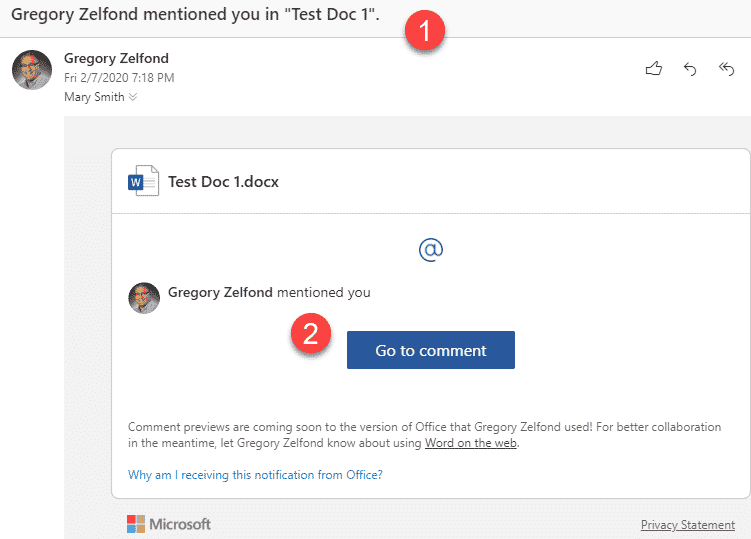

You should be specific about your job titles in the companies you worked for.

If you have short gaps in your work history, you may want to list only the years of employment, or if you have long gaps, you may decide to provide a brief explanation as to why. Jan 2014–Nov 2019) to list when you started and stopped working for each company. It is not necessary to provide their full physical address. Include down the cities and states where your previous employers are located. Do include the amount of work experience required in the job posting, if applicable. In general, you should at least include your last three employers. To keep the section relevant, exclude employment experiences older than 10 years. Provide the full, official names of the companies for which you’ve worked starting with your most recent followed by the next most recent, and so on. The work experience section of your resume should contain specific information about your employment history, including: Companies you worked for Include detailed and relevant information
ANOTHER WORD FOR ADD TO THE PREVIOUSLY MENTIONED HOW TO
Related: What’s the Difference Between a Resume and a CV? How to write work experience in a resumeįollow this guide to learn how to write work experience on your resume. This section also includes information about your achievements, which can distinguish you from other applicants and make you more likely to get an interview. The work experience section in your resume shows the hiring manager whether you have the necessary experience and skills to succeed in the role you are applying for. As such, this section could be key in moving you forward in the hiring process. To get a quick idea of your employment history, your prospective employer will most likely read the work experience section first. Many employers regard the description of work experience as the most important part of a resume. Why is work experience on a resume important? Optional (Awards & Achievements, Hobbies & Interests)


 0 kommentar(er)
0 kommentar(er)
